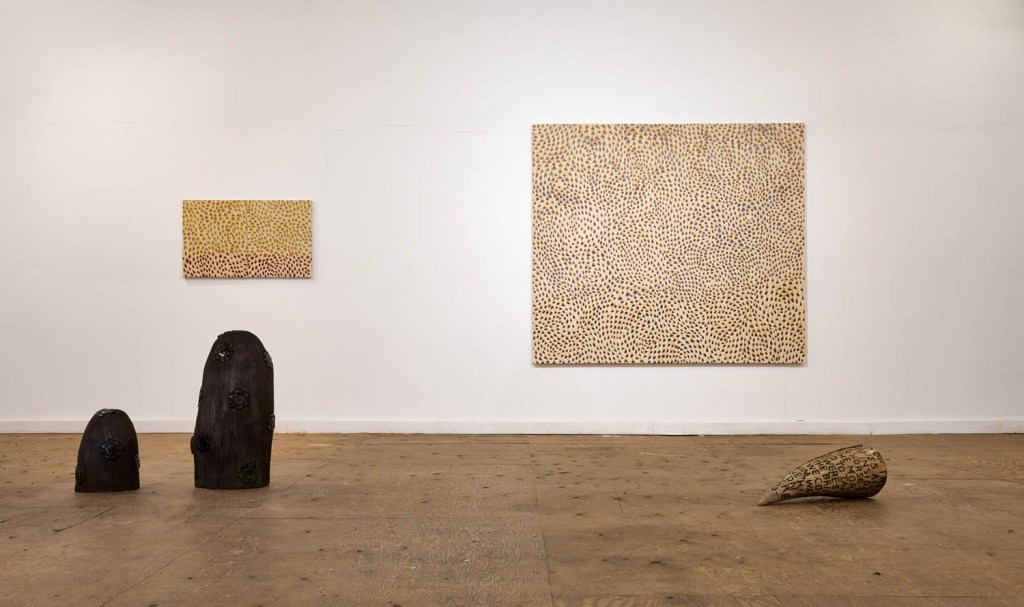
Contributed by Laurie Fendrich / Kathleen Kucka and Janis Stemmermann have been friends for nearly four decades — since they first met as young artists in the 1980s in New York City. “Our life was all about art — figuring out how to get by, make work, see work, and hang out so we could talk about it. In many ways,” Janis told me, “that really hasn’t changed.” This month, on the occasion of “Continuum,” their two-person show at Re Institute in Millerton, NY, we talked about the conversation they’ve been having for the past forty years.
Laurie Fendrich: What aspects of your long friendship drive your art?
Kathleen Kucka: When I met Janis, she had a red pickup truck and could drive! I thought that was amazing. Growing up in New York City, I couldn’t drive, and most of my friends couldn’t either. So here she was with a truck, and we could move stuff. In 2017, Janis invited me to make some prints at Russell Janis’s print shop in Williamsburg, Brooklyn. Because Janis is a master printmaker, I jumped at the opportunity to explore this medium. She saw my vision and knew right away what I was looking for. Printmaking has opened new doors in my work and in our friendship.
Janis Stemmermann: The context of how we met and became friends was the New York art world in the 1980s. Our life was all about art—figuring out how to get by, make work, see work, and hang out so we could talk about it. In many ways that really hasn’t changed.
Laurie: From your friendship and your many mutual studio visits, you know one another’s approach to art very well. What similarities and differences are there in your studio practice? What about similarities and differences in your art?
KK: With our respective work, I take longer to reach the finish line. I can work and rework a painting to the point of no return. Janis’s approach is more spontaneous and generous. I get inspired by visiting her studio; there is always much work in progress.
JS: In the studio, Kathleen and I both value being inventive with our processes and we are always solving fabricating issues and technical problems. Kathleen is more methodical; she works in a more planned-out way and tends to work in series. I work across disciplines, iterate through things, and the act of doing often informs what the piece is going to be. We are both into materials and use pattern. Kathleen is formal/minimal in her approach. Her work is more two dimensional, existing in the realm of painting and drawing. I am more performative; my heroes are based in performance and conceptual art. I like to activate space and work with shapes and their relationship to the body, as well as the feelings that emerge from this.
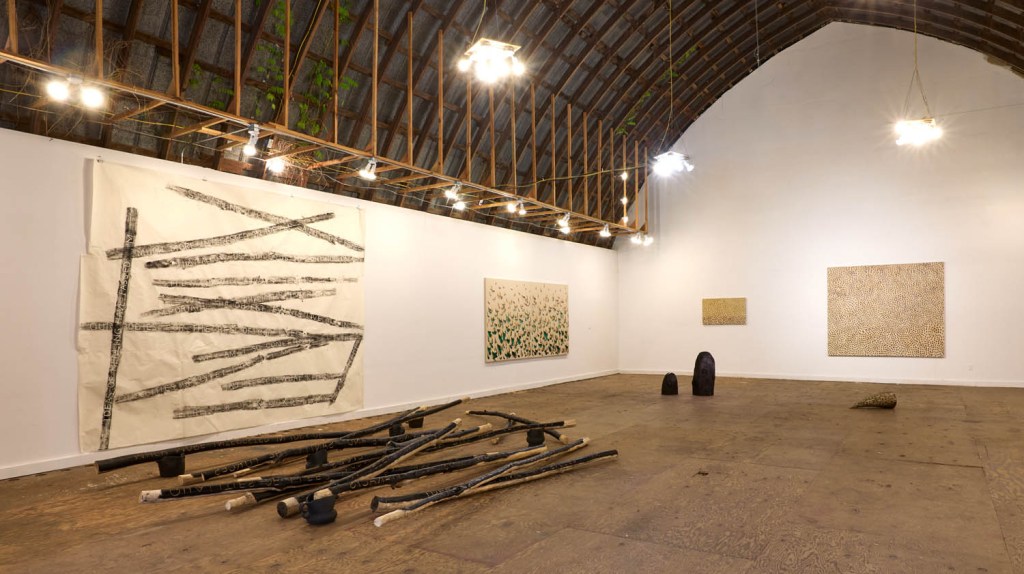
LF: I figure your friendship wouldn’t have survived this long if you hadn’t shared some basic ideas about what you each want out of art, but I’m curious about your studio visits with one another. How direct and frank are you when it comes to discussing things you think might be improved or changed?
KK: When Janis comes over for a studio visit, I know it’s the real deal. She is direct but never overly critical. We share the perspective that art comes from a personal place and that the language of abstraction is the most direct route for exploration. Knowing each other’s work for so long, we have a visual history and can look back at the journey. When doing a print project together, the input is stronger. Janis has introduced me to working in print and experimenting with the medium, and I am hooked.
JS: There is always excitement and respect for the work when we enter one another’s studios. Due to the nature of our work, criticism never really seems appropriate. Because we both invent methods of working, sometimes conversations revolve around how to solve a problem. We have played different roles with each other where directness does come into play. Kathleen is an amazing curator and at times has curated my work into shows she has put together. She has a very clear point of view. I am a collaborative printmaker and together we have made series and editions of her work on my press. Her entering my workspace is an interesting dance of guiding her in the process and making sure she gets results she is happy with.
LF: What aesthetic ideas do you share? Where do you diverge?
KK: We share a “truth in materials” approach to artmaking, believing that materials speak and make meaning in the work. Our work is physical, sculptural, and direct. There is no illusion or narrative. We share pattern and repetition in our work and connect over rhythms and abstraction. We diverge in that my work stays close to the construct of paintings that hang on a wall canvas, color, stretchers – while her work is sculptural and is primarily in dialogue with the floor and architecture.
JS: Aesthetically we both come out of a New York school approach to artmaking, informed by the art of the 60s and 70s. We both share an ambitious quality in our work, often in its scale and intensity of investigation. Where I think we diverge is that Kathleen’s work is more grounded in dialog in art/art history, whereas my work is more influenced by craft and domestic objects.
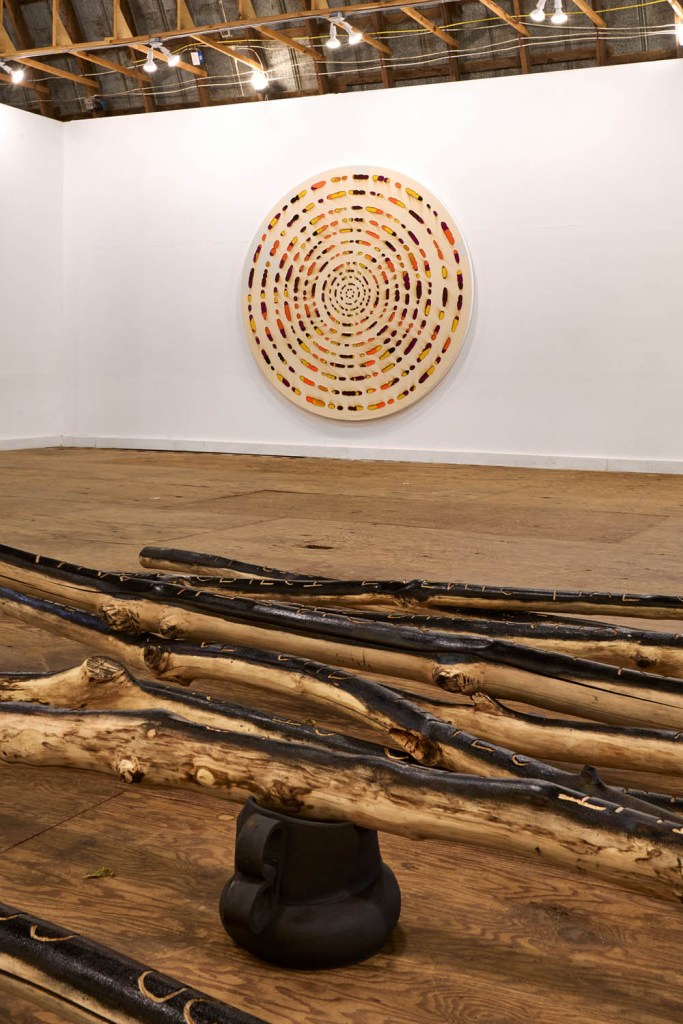
LF: Could you say a few words about the specific challenges of being both a mother and an artist and how your friendship helped you navigate those roles?
KK: Being a mother and artist has challenges. The time commitment with two children is huge. I searched for artists with kids and held on tight. At times, I lost contact with a few artists who couldn’t relate to the parenting aspect of my life. I even missed exhibition openings of my own work due to parenting conflicts. Janis has been an anchor for staying focused and cultivating the long view. For decades, we’ve had countless conversations about managing the whole experience.
JS: When we were in our twenties, many of the woman in the artworld, who were a generation older than us, made the choice not to have children. For those like us who wanted children there was not a clear road map. At the opening of our two-person show at PS 122 in 1993, I was 4 months pregnant. This was not a planned pregnancy; my artist partner and now husband were not married. I had just received an artist grant from the Pollock-Krasner Foundation and remember naively thinking it was going to take 2-3 years to figure out motherhood and find a way to make more money to help support our family. The reality is that it was more like 30 years.
Kathleen and I have always found common ground to keep our friendship going. She has been a great cheerleader in every stage and phase of my creative life. Ten years ago we had to move out of our large duplex apartment in Brooklyn. The place we could afford to move into was about a third the size and we had to severely downsize to fit into the new space. She stored my early artworks and archives in her basement until we were able to bring them up to our house two years ago. Some of those sculptures are included in this show.
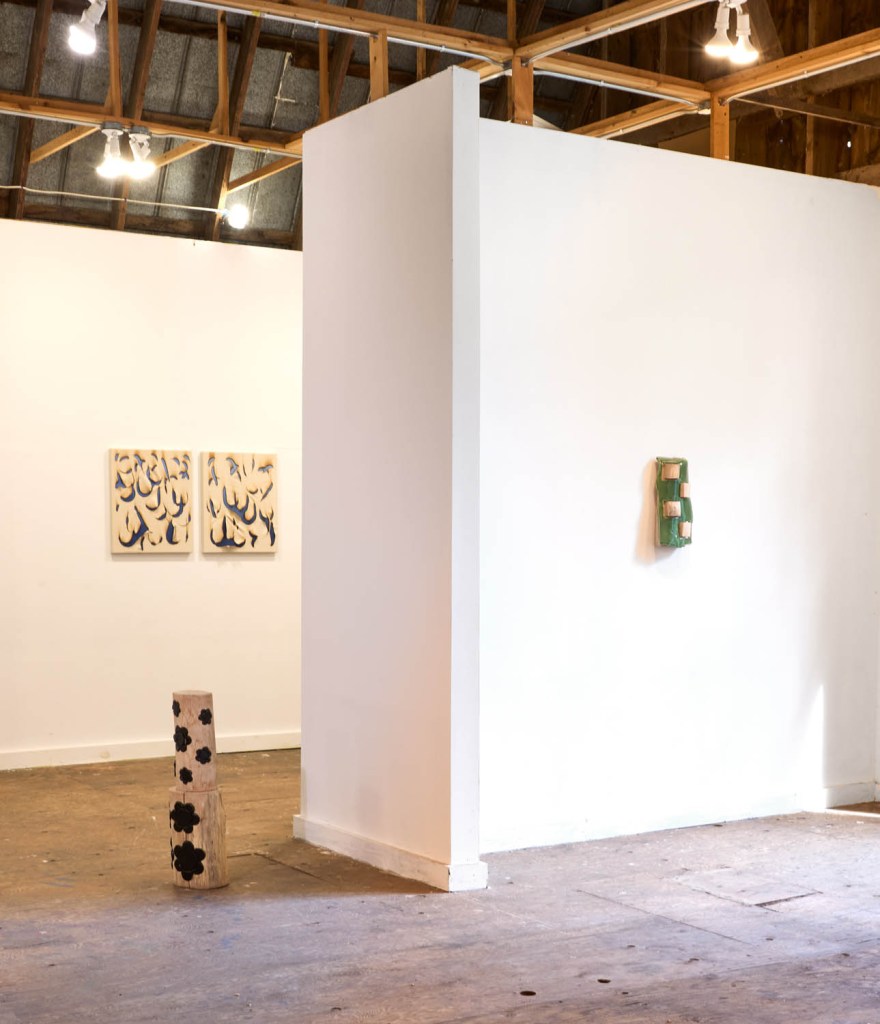
LF: I’d like to hear from each of you if belonging to the artistic art community in Northwest Connecticut and Upstate New York helps you as artists. How is this community different from the various art communities in New York City?
KK: My current studio in Northwest Connecticut has a lot of space to work in, a sense of stability, and a big storage room! Once COVID hit and staying in Falls Village became the focus, much changed. I opened an art gallery (Furnace – Art on Paper Archive) to unite artists and create energy around viewing art in person. The artist-run spaces in the area are invigorating and remind me of earlier times in the New York art world—places like the Thread Waxing Space and PS 122. I relish the intimate scale of the Northwest Corner arts community.
JS: I chose to buy property here because of Kathleen. Like many other artists from Williamsburg from the ’80s and ’90s who also bought property in the area over the years, we were all solving the same problem of finding good space in which to make work. Interestingly, this has reconnected that community and brought back more of its intimacy.
LF: Is there something you’d like to see more of in the art community up here?
KK: For me, place and time are in balance. I am inspired by the art community here and the artists who freely give of their time and talents—artists writing reviews for shows, curating pop-up exhibitions, and giving other artists a platform for their work. I am excited to watch this artist-driven ecosystem flourish.
JS: I feel very fortunate to be in this time and place. I never imagined that by setting up a studio here I would be part of a community and have the opportunity to exhibit like I’ve been doing in the last four years. I am excited by what is happening around me and thankful for those who are pushing the envelope.
LF: Do you have any observations about how things are different in the art world today from when you started out as a young artist?
KK: It was always a challenge to find affordable studio space in NYC. I have moved studios so many times— I counted 12 studios over the many years, maybe more! I always felt like you had to be in New York to be an artist. But now things feel more open. You don’t have to be in a major city today to have an art career. Social media and the internet have also helped. Artists are creating studio space in every corner, in garages, outbuildings, and building additions. They are driving the dynamic sense of invention, opening exhibition spaces and propelling the conversation about art and community.
JS: Moving to New York City in the 1980s was a very exciting time. There was less “how to” and more grit involved in having a life as an artist. For many of us younger artists the alternative spaces played a very important roll to get things going. Now, forty years later the artworld is much more professional and institutionalized. A few years ago, I had a college student working with me for the summer to help with a large piece. In the interview she told me she was considering becoming an artist as one of her career options. Here I realized that something had changed. Younger artists entering the artworld come to it with more tools and guidance. When I graduated from art school, we were basically told good luck and that most of us would not be practicing art in 10 years. The decision to become a practicing artist felt more like taking on a religion, a way of life.
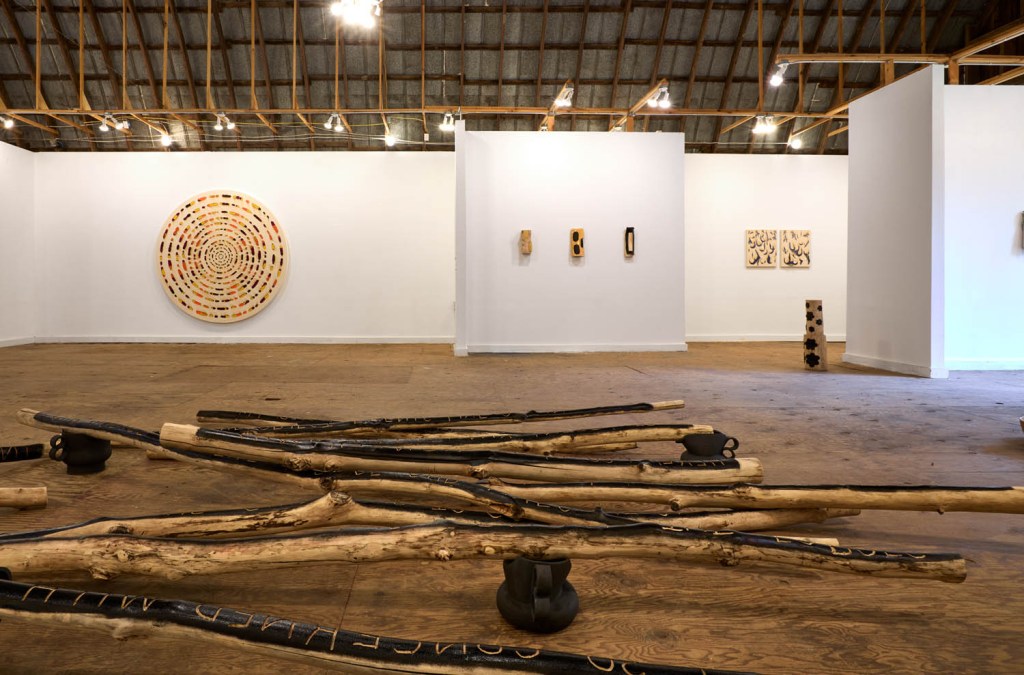
“Kathleen Kucka and Janis Stemmermann: Continuum,” The Re Institute, 1395 Boston Corners Rd, Millertown, NY. Through Oct 26, 2024.
About the author: Laurie Fendrich is an abstract painter and arts writer who lives in Lakeville, CT. She is represented by Louis Stern Fine Arts in Los Angeles and is a frequent contributor to Two Coats of Paint.
NOTE: This interview originally appeared in the “Continuum” exhibition catalogue.

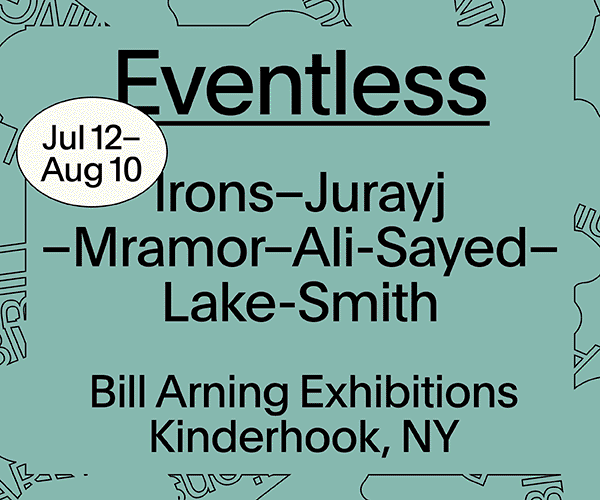
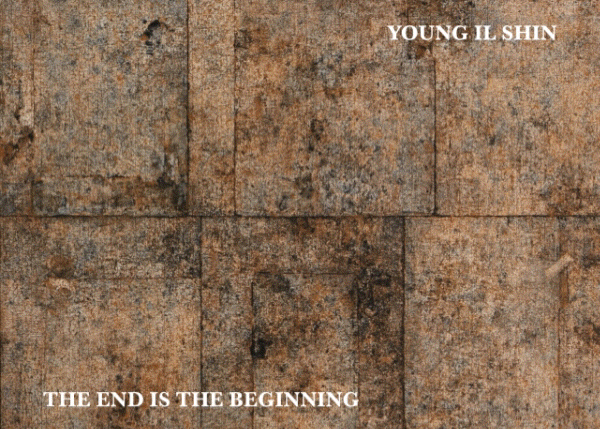
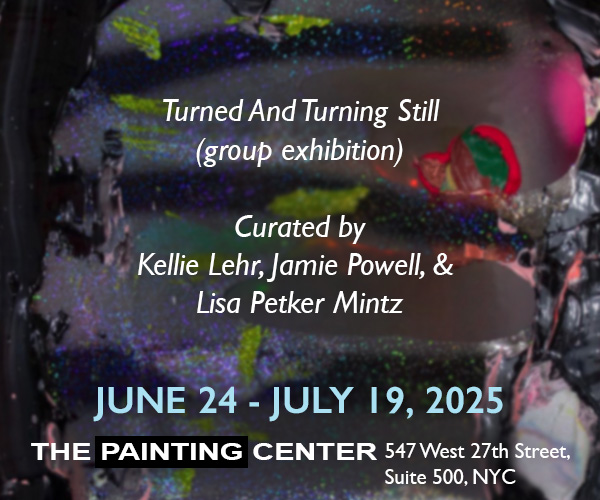
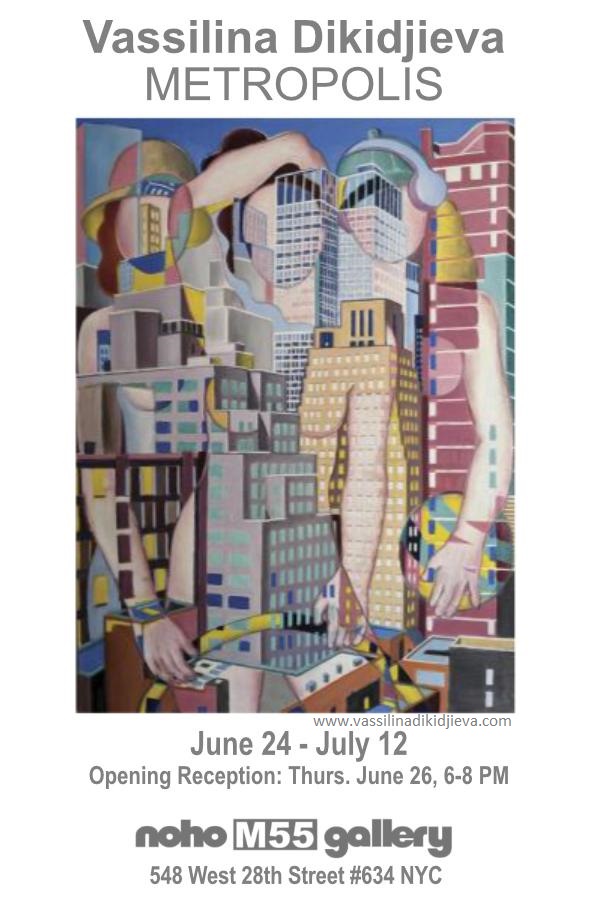
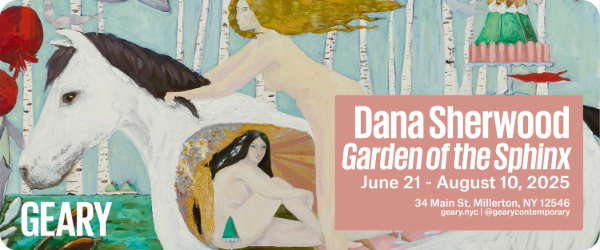










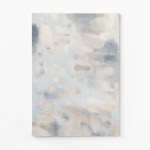
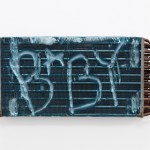
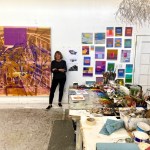
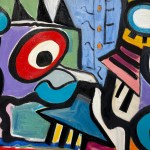
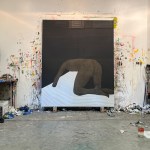
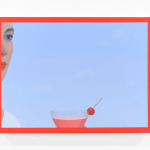
Great questions, Laurie! I enjoyed reading this interview very much.
Thank you and Two Coats of Paint!
Great read, hope to see this show. Congratulations to the artists!
Great interview, rich discussion of community, friendship, what it takes to keep on being an artist.
Makes me want to move up there and join you all!
I really enjoyed reading this. Wonderful interview with two artists in my age cohort who are new to me, who I might have known if I had moved to NYC in the 1980’s. I really loved learning a bit about their experiences, ideas, and work.